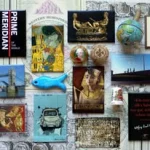You might have witnessed how Austrians do not like to admit that the leader of Nazi Germany was born on their territory but at the same time they boast with Mozart and say he was the Austrian No. 1, the world-famous Austrian. But was he really an Austrian?
Salzburg, Mozart‘s birthplace, is a city located in the lovely region Salzkammergut on the Salzach river, with scenic Alpine surroundings and a monumental fortress. Thanks to this unique location it is one of the most beautiful and romantic cities in Austria. Today it is hard to believe that it became a part of Austria only 200 years ago. It happened on the 1st of May 1816.
Wolfgang Amadeus Mozart was born on 27 January 1756, it means in a time when Salzburg was an independent archiepiscopate that administratively belonged to the Bavarian Reichskreis. But we cannot say that Mozart was a German because neither the German Empire nor present-day Germany existed then. Salzburg was a part of the German part of the Holy Roman Empire where people were called Germans because of the language and not because of belonging to a corresponding nation.
Mozart had an elder sister Nannerl. Their father discovered very soon what talents he had at home and took them on a long tour where they played on many royal courts in Europe. Mozart‘s father worked as a deputy Kapellmeister for the archbishop Sigismund von Schrattenbach who accepted the idea and was very proud that the gifted children spread the good name of Salzburg in the world. But his successor Hieronymus Colloredo wanted to keep Mozart only for himself and ordered the father to come back to Salzburg. When they did not obey he fired them. The father applied for the job again but the young Wolfgang kept on the tour with his mother. Unfortunately, she died when they were in Paris.
Mozart spent a third of his life travelling. After his final breakup with the archbishop of Salzburg in 1781 he came to Vienna where he spent the rest of his short life. His move to Vienna made him a “Habsburg subject” in administrative matters. Yet Mozart was not an Austrian, either. The term “nationality” first came into effect in 1812 with the General Civil Law Code which became valid in Salzburg only after its annexation to Austria in 1816. But I think it does not matter because anyway, Mozart‘s music does not know any borders…
Mozart’s cult started to develop some decades after his death. Today fans of this musical genius come from all over the world to Salzburg and Vienna to visit everything connected to him. You can see his portraits – with the white wig and red coat – on every single step. But sometimes it seems to me already like depreciation of that famous name…
WHAT TO SEE?
Mozart and Salzburg
Mozart’s birthplace
The family of Leopold Mozart resided on the third floor of this house from 1747 to 1773. Three children were born in the first three years of the marriage but none survived more than six months. Leopold borrowed money and sent his wife to a spa. She recovered and one year later a healthy girl Maria Anna (Nannerl) was born. Then again the mother gave birth to two children who died. She was exhausted and knew that another pregnancy would be very dangerous for her. Anyway, she became pregnant again and in 1756 a son Wolfgang was born in this house.
Now it is a museum owned by the Mozart Foundation. It introduces visitors to the early life of the composer, you can see his childhood violin and also the clavichord on which he composed The Magic Flute.
Address: Getreidegasse 9, Salzburg
More info: here
Mozart’s residence
When Wolfgang became older, the house on Getreidegasse 9 was already too small for the four-people-family. In 1773 they moved across the river to a house called Tanzmeisterhaus (Dance-Master’s house), because dancing lessons for nobles and aristocrats were provided there at the beginning of the 18th century.
Today – again a museum owned by the Mozart Foundation – in the spacious rooms, one can see original documents and portraits, which show the history of the house and Mozart’s work during his Salzburg years. You can see his original fortepiano and the famous family portrait.
Address: Makartplatz 8, Salzburg
More info: here
Mozart’s monument
The idea to build a monument for the most famous citizen of Salzburg was born 45 years after his death – in 1835. One of the most generous donors was the Bavarian king Ludwig I. But the unveiling ceremony was postponed for several years because on the place where the monument was to stand some precious Roman mosaics were discovered. Unfortunately, Mozart’s widow died six months before the ceremony but both Mozart’s sons Karl Thomas and Franz Xaver attended the event in September 1842. Franz Xaver even composed a ceremonial cantata for his father.
By the way, you will not find anybody with the name Mozart in Salzburg today. No one from Mozart’s sons married or had children – it means there is no direct descendant of the musical genius with his name.
The author of the statue was Ludwig von Schwanthaler, a sculptor from Munich. Mozart is wearing a long skirt and a long coat, he has a piece of chalk in his right hand and a scroll in his left hand.
Address: Mozartplatz, Salzburg
Cemetery Petersfriedhof – Grave of Mozart’s widow Constance
Please read the article At the Final Resting Place of W. A. Mozart on our blog.
Special tips:
Salzburg Museum
The Salzburg Museum, located in the New Residence, is staging a very interesting exhibition trilogy: Bishop – Emperor – Everyman till the end of October 2016. A part of the exhibition is dedicated to the Mozart cult. One of the most interesting exhibits, even if we always imagine Mozart with his white wig, is a lock of his hair which was kept by his widow Constance. Human hair was regarded as the seat of life’s energy. Because of that, it was a popular memento to remember a highly esteemed or beloved person. Address: Mozartplatz 1, Salzburg
Address: Mozartplatz 1, Salzburg
More info: here
Mozart Dinner Concert
For those who would like to be taken back to the baroque time: Mozart’s music and arias from his operas in the baroque hall of the St. Peter monastery.
A dinner prepared according to historical recipes – and Mozart on the plate with semi-frozen honey parfait!
Address: Stiftskeller St. Peter, St. Peter Bezirk 1/4, Salzburg
More info: here
Mozart and Vienna
Mozart’s monument
The second most photographed sculpture in Vienna (after Strauss) – Mozart with his music stand and in his typical dress. The author was Viktor Tilgner, a German sculptor of the Neo-Baroque, anyway the putto figures, symbolizing the power of Mozart’s music, belong to the Art Nouveau already. There was a long discussion about where to put the statue. It was unveiled in 1896, just five days after Tilgner‘s death. Originally it stood on the square in front of the famous Albertina but it was damaged at the end of World War II. In 1953, after the restoration, it was put inside the Imperial Palace Gardens (Burggarten). On the relief below, there are scenes from the opera Don Giovanni and on the back of the sculpture, you will see the little six-year-old Mozart with his sister and father.
On the grass in front of the statue, there is always a flower pattern in the form of a clef.
A copy of the monument was donated by the City of Vienna to Tokyo.
Address: Burggarten, Vienna
Mozart’s apartment
Although Mozart earned good money, he did not have a permanent job, his incomes were irregular and life very expensive. All the time he struggled with creditors, threats and loan sharks. He was known for his eccentricity, he had what he wanted – very often luxurious items for those times: candles for providing light in the whole apartment, butter, tobacco, coffee or punch. He used a lot of music paper which was also expensive. He liked to lavish his wife with gifts. Every day a hairdresser came to comb and powder their wigs. They both liked fashion, especially striking clothes, and didn’t miss any of the endless balls in Vienna. They possessed expensive furniture, not only a grand piano but also a billiard table. They were passionate card players and generous hosts. Many friends spent nights in their apartment very often. The earned money scattered very quickly. A loan was needed. Very often immediately. Because of the financial problems the family had to move several times. This is the most elegant and expensive apartment ever occupied by Mozart and the only one that is still intact today.
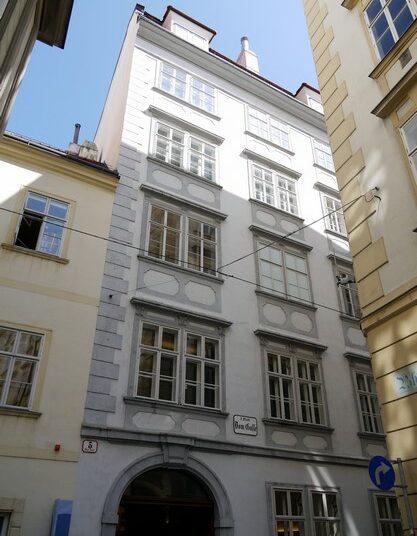 It is also called the “Figaro-House” because Mozart composed his opera The Marriage of Figaro here. Mozart’s family lived only two and a half years in this house. Today – thanks to pictures, documents, furniture and other objects visitors can follow his work and also the private life of the genius.
It is also called the “Figaro-House” because Mozart composed his opera The Marriage of Figaro here. Mozart’s family lived only two and a half years in this house. Today – thanks to pictures, documents, furniture and other objects visitors can follow his work and also the private life of the genius.
Look from the window towards the small street Blutgasse. If you are lucky and there is no scaffolding then you will have almost the identical view as Mozart had more than 230 years ago…
Address: Domgasse 5, Vienna
More info: here
Mozart’s fountain
Tamino and Pamina, the main figures from the opera The Magic Flute, made by the Austrian sculptor Carl Wollek, stand near the place in the 4th district of Vienna where the theatre Freihaustheater was located, in which the first performance of this opera took place in 1791. The fountain is from 1905. 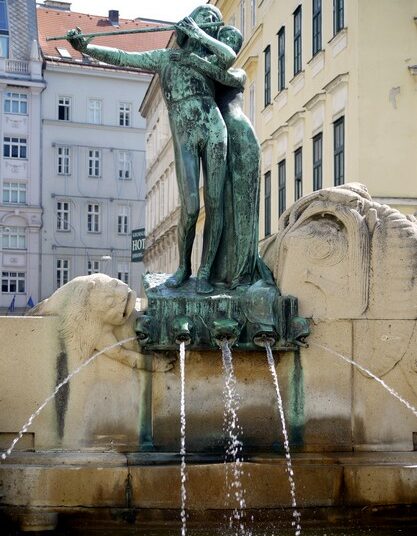 Address: Mozartplatz, Vienna
Address: Mozartplatz, Vienna
Mozart’s grave – Cemetery St. Marx Friedhof
Please read the article At the Final Resting Place of W. A. Mozart on our blog.
Special tip:
When Mozart arrived in Vienna in 1781 his first accommodation was at the friary of the Deutscher Orden, where he performed several concerts at the Sala Terrena. Mozart found the acoustics to be wonderful and he liked the ambience of the hall. Today his music is again performed here by the Mozart Ensemble Wien.
Address: Deutscher Orden, Singerstraße 7/I, Vienna
More info: here

 TRAVEL
TRAVEL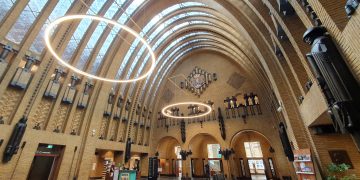
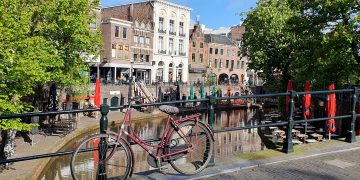


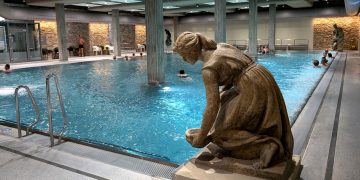


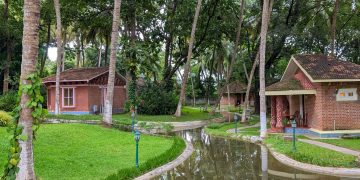
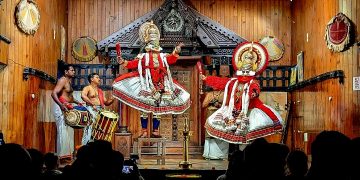
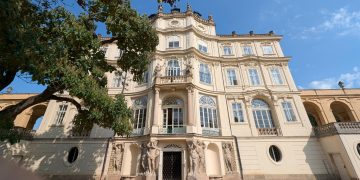
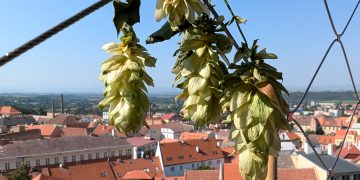

 RECIPES WITH A STORY
RECIPES WITH A STORY











 AUSTRIA-VIENNA
AUSTRIA-VIENNA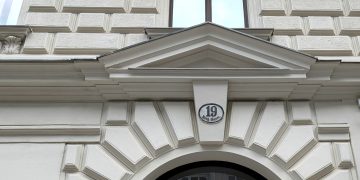
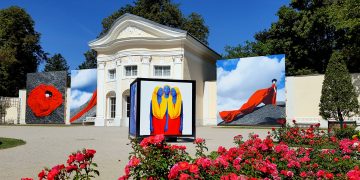
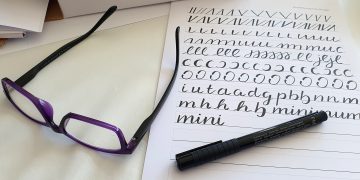
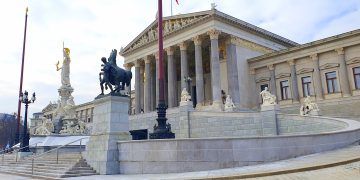
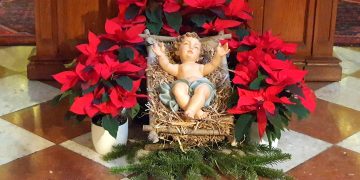

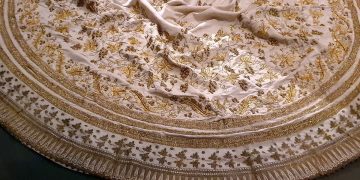
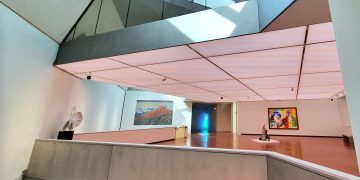
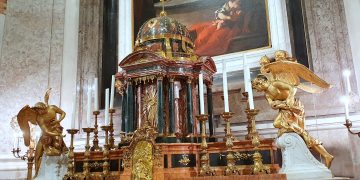

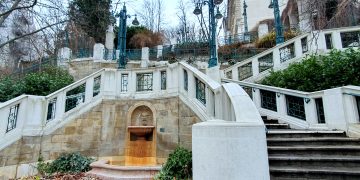

 SLOVAKIA-BRATISLAVA
SLOVAKIA-BRATISLAVA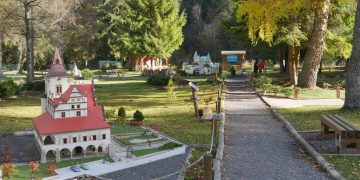
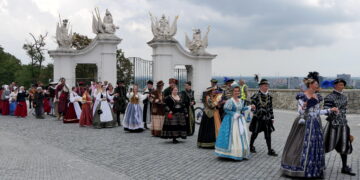


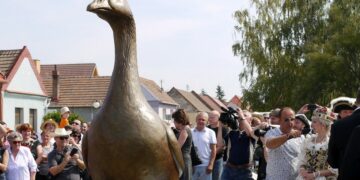
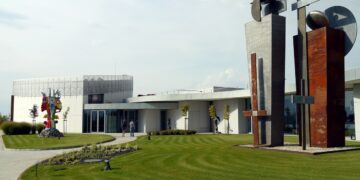
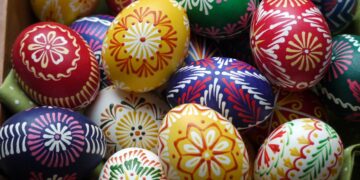
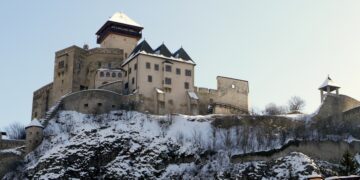
 EVENTS
EVENTS
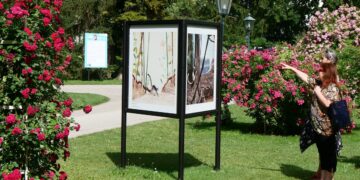

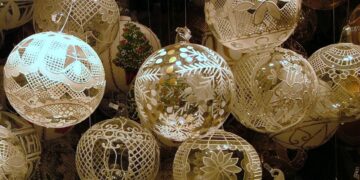
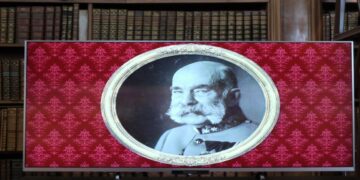
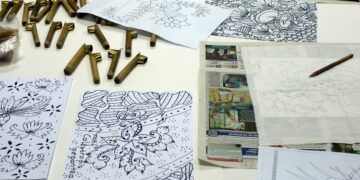


 INTERVIEWS
INTERVIEWS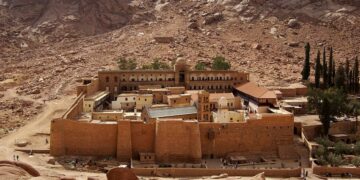
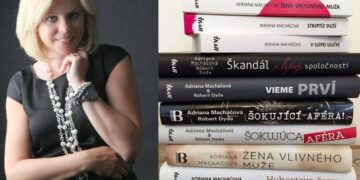
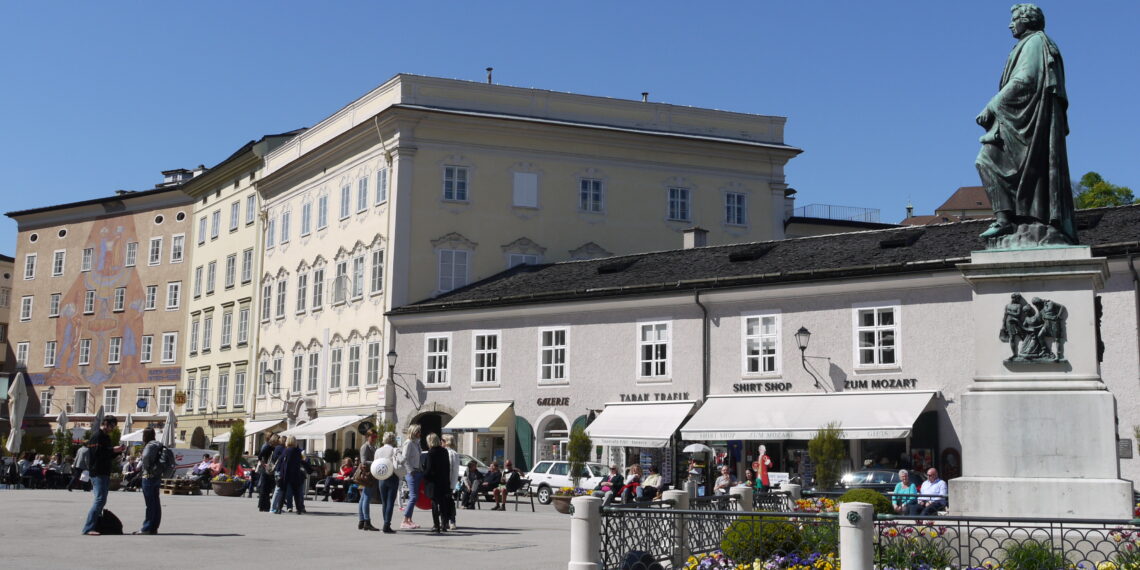
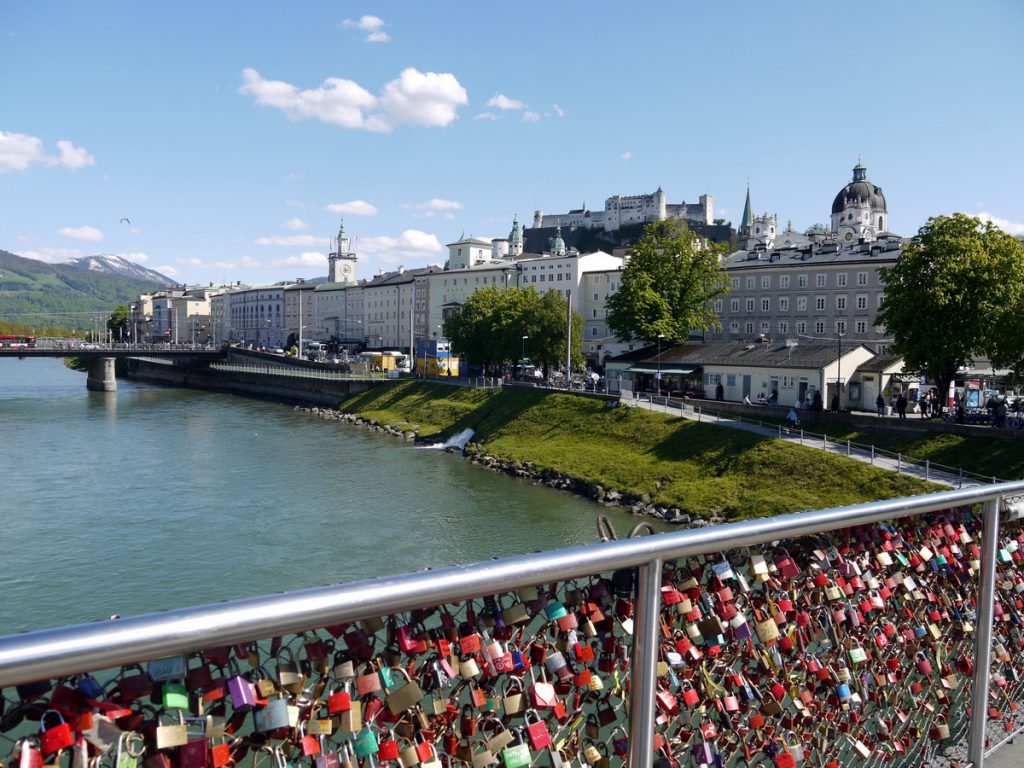

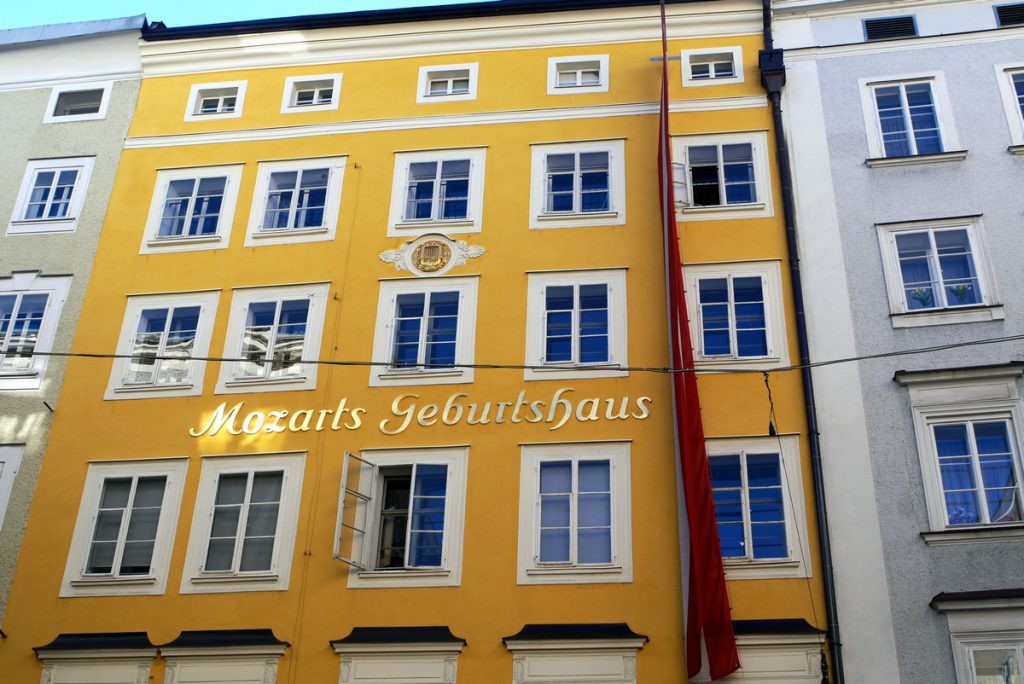
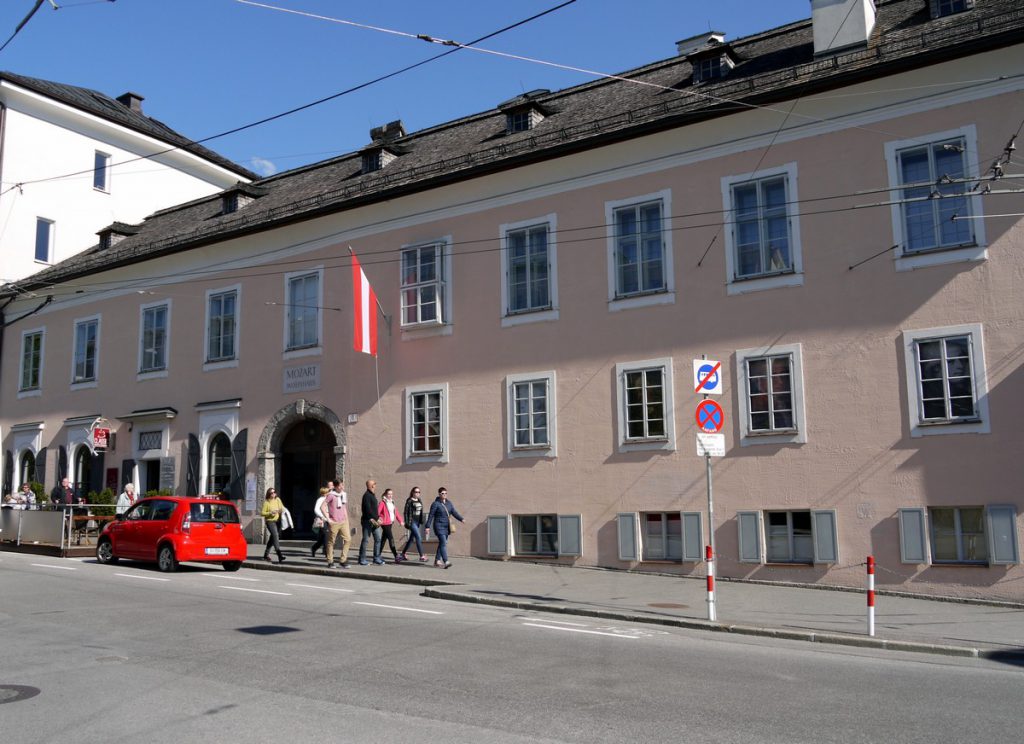
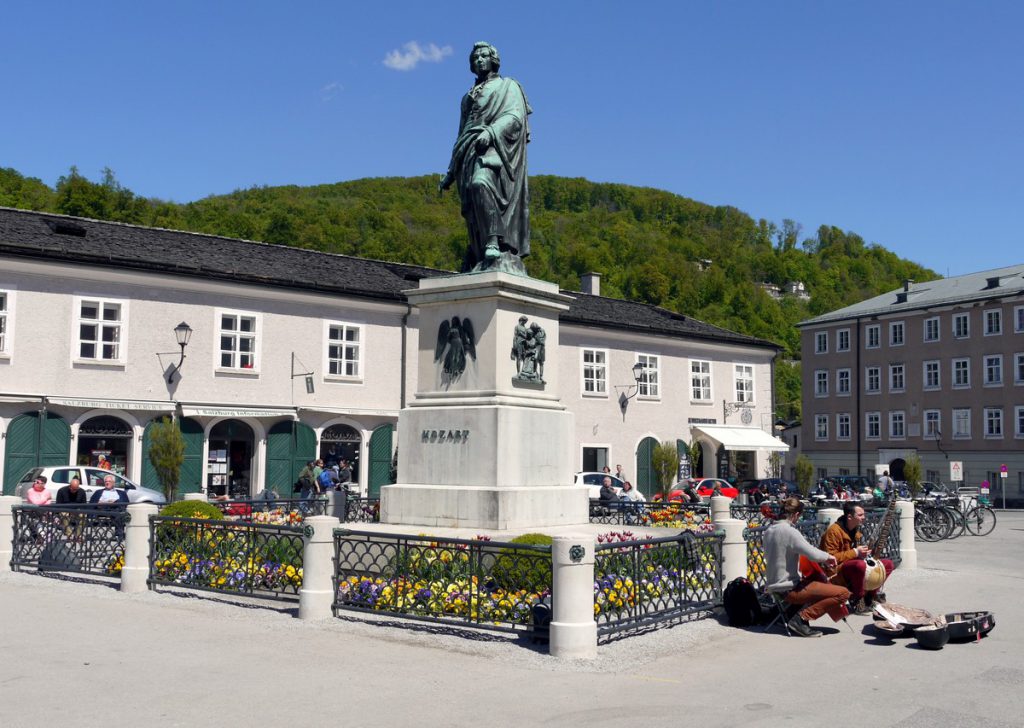
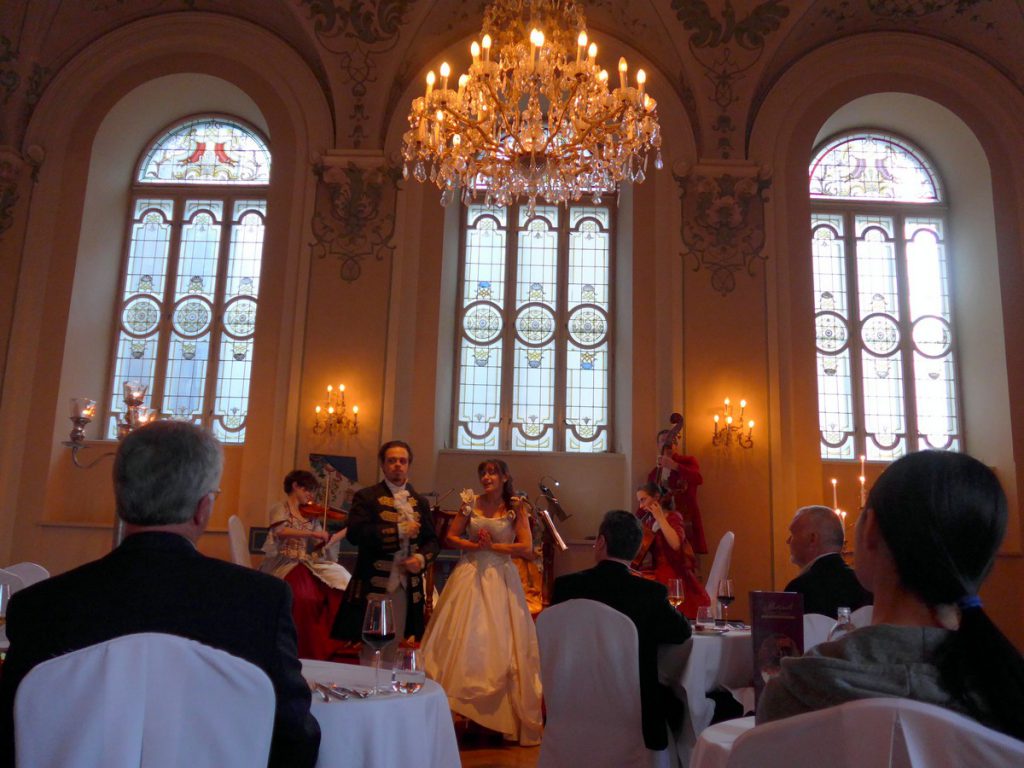

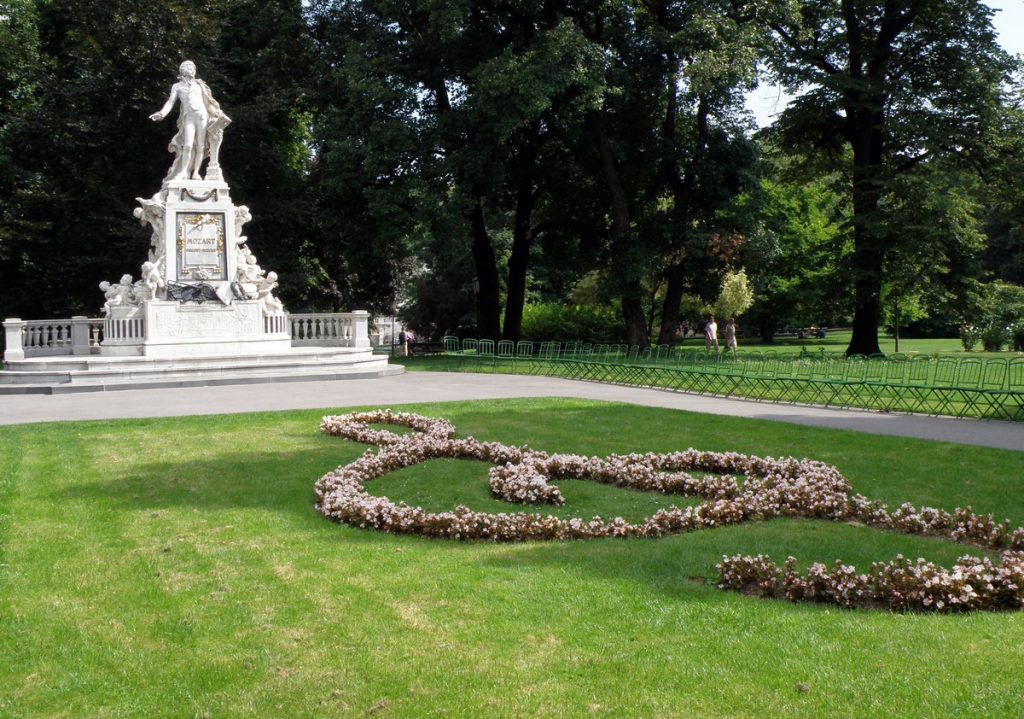
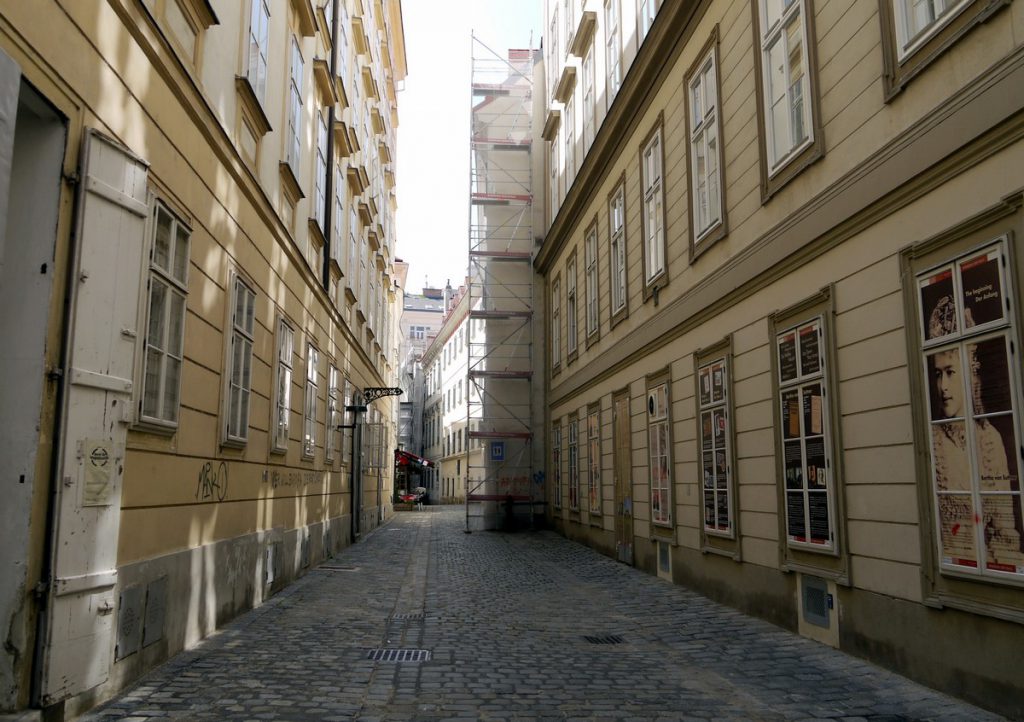
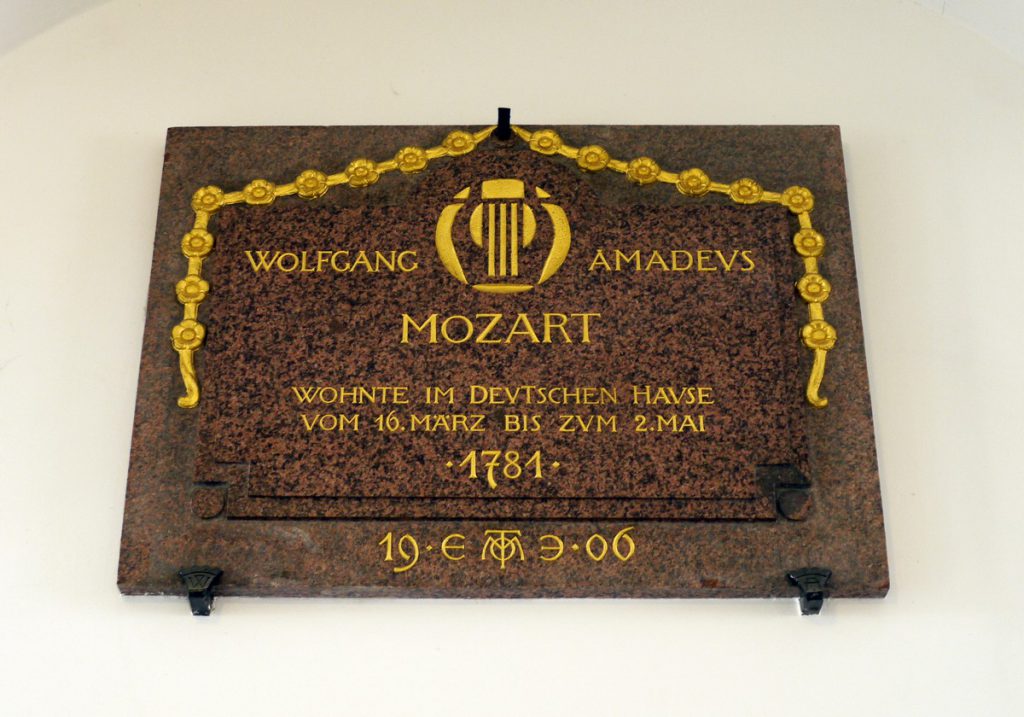
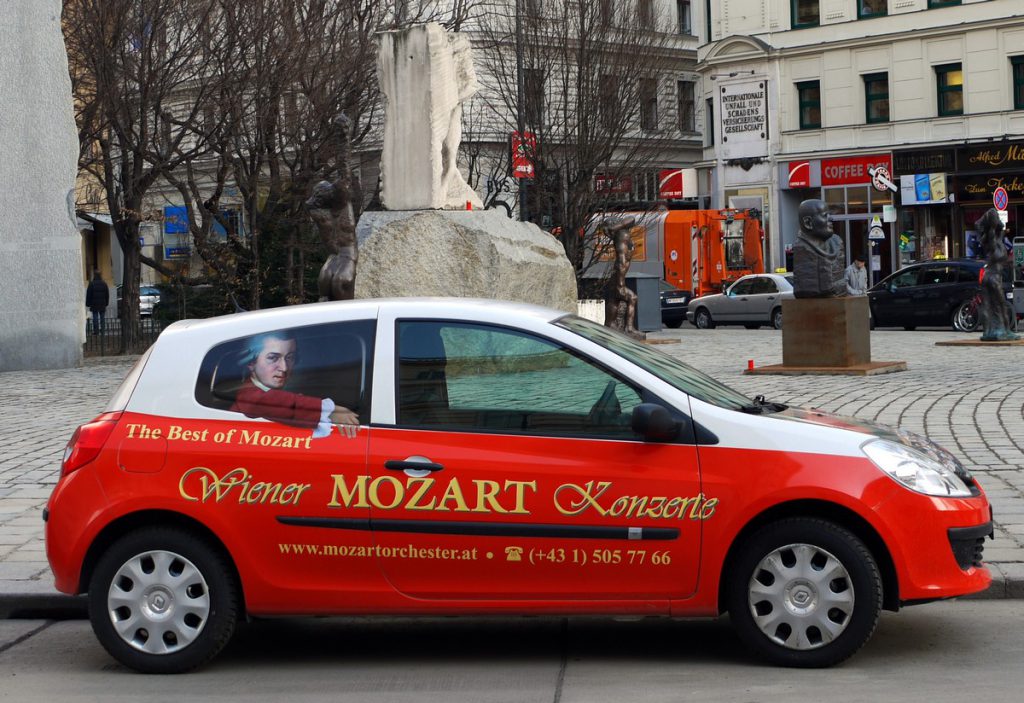





 Sardinia – Crystal Seawater and Four Heads
Sardinia – Crystal Seawater and Four Heads Mozartkugeln – The Original is Silver!
Mozartkugeln – The Original is Silver!

